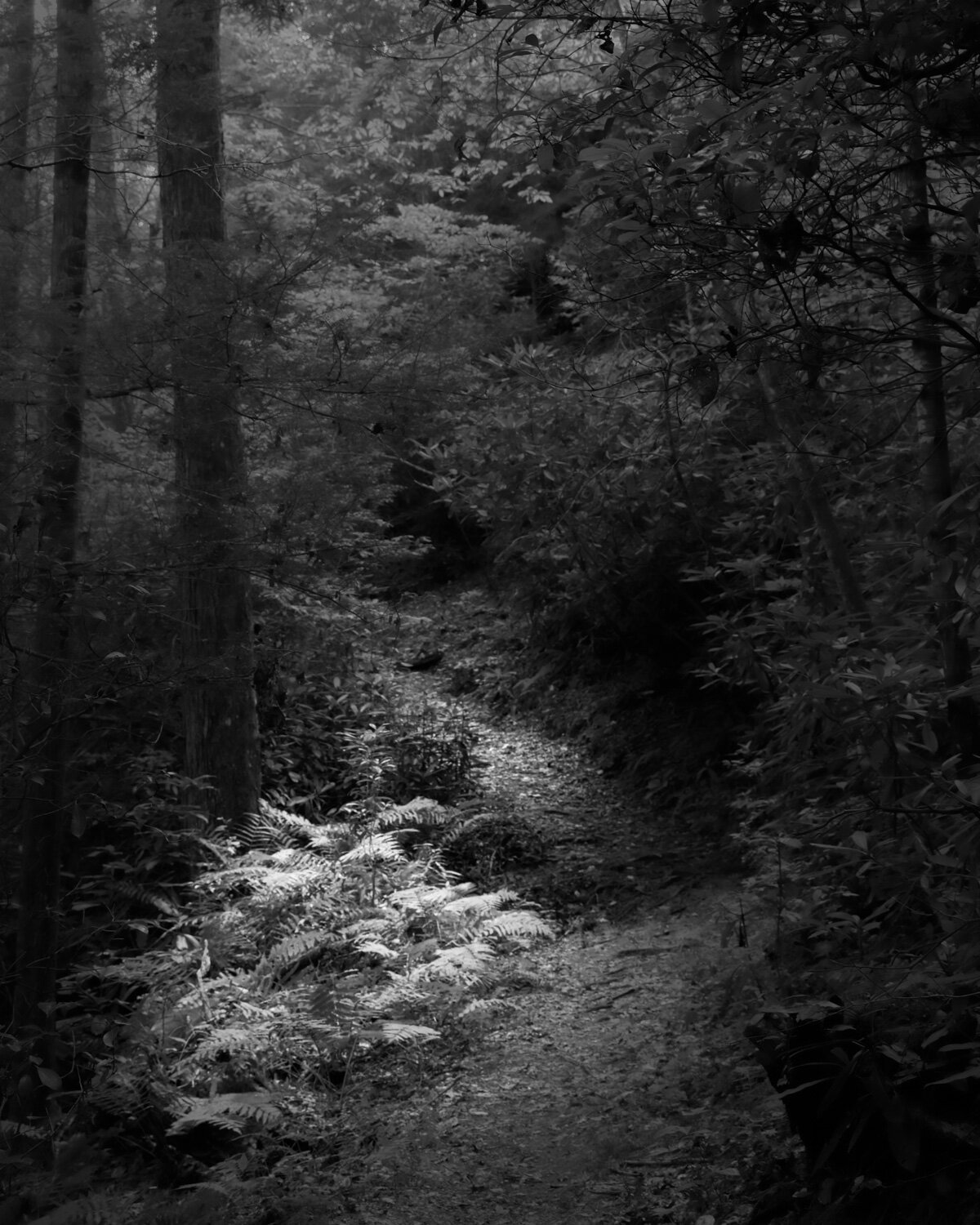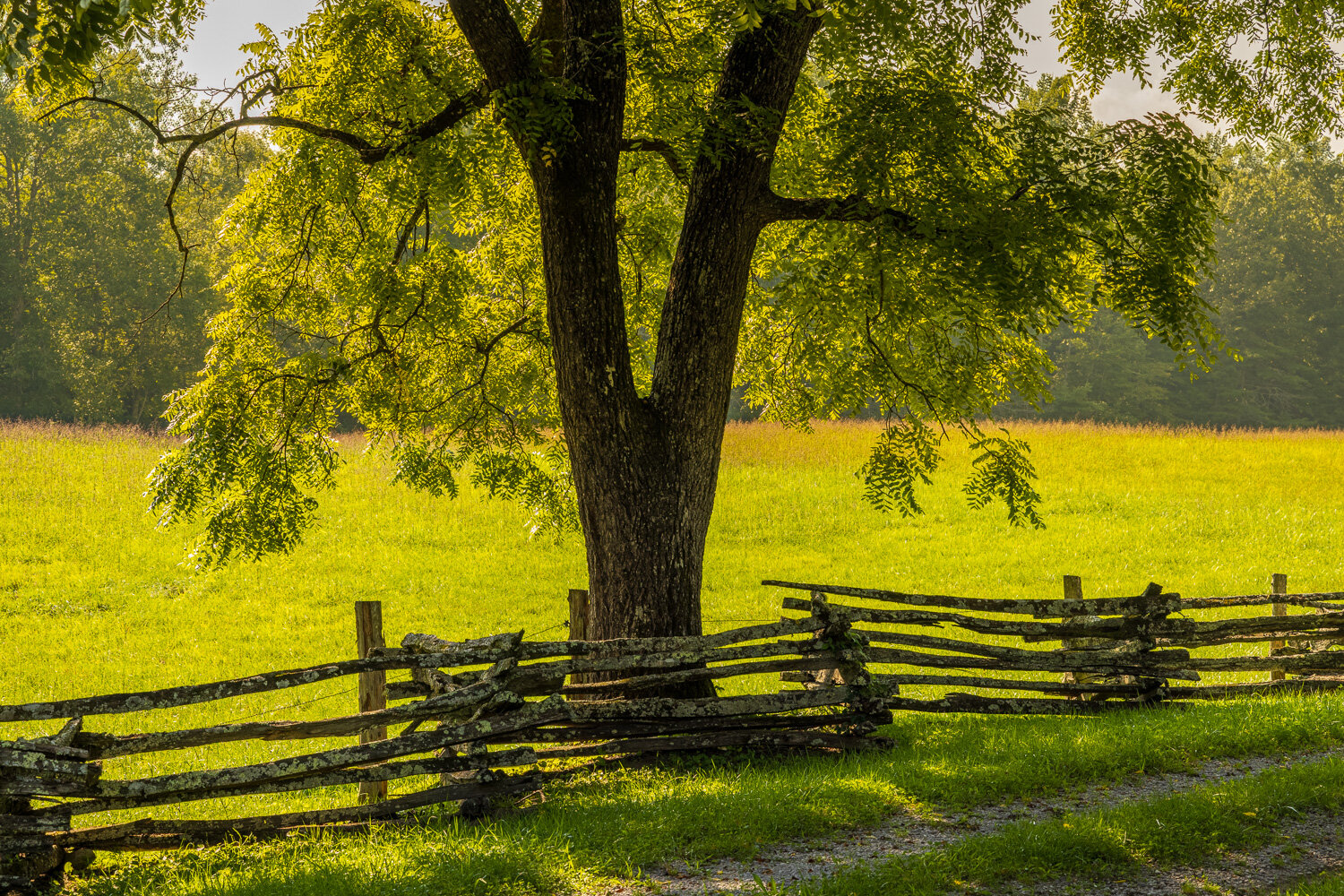I’ve shared some images from Obed Wild and Scenic River, a national park area in the Cumberland Plateau in Eastern Tennessee. With lots of opportunities for whitewater sports and rock climbing, the hiking trails are limited. A ranger suggested nearby Frozen Head State Park for hiking. We were off to find some waterfalls.
It was a warm, humid, sunny afternoon, and contrasty light is not favorable for photographing waterfalls. However, the forecast called for some storms and rain, so we headed out hopeful that conditions would change. We past a couple small falls on the way, but the light was too bright, so perhaps a visit on the way back.
We got to a nice twin fall with a big pool as clouds were moving in. About ten young kids were playing around the fall as parents watched nearby. Chance and I took a seat to watch when thunder echoed between the mountains. And — no kids and nice light.
Debord Falls
Few poets can imbue a poem with nature imagery as Mary Oliver. In 1991, Poetry published Oliver’s The Waterfall — For May Swenson. When Poetry received a massive endowment many years ago, all it’s prior publications went online so we can mine this treasure.
For all they said
I could not see the waterfall
until I came and saw the water falling,
its lace legs and its womanly arms sheeting down,
while something howled like thunder,
over the rocks,
all day and night—
unspooling
like ribbons made of snow,
or god’s white hair.
At any distance
it fell without a break or seam, and slowly, a simple
preponderance—
a fall of flowers—and truly it seemed
surprised by the unexpected kindness of the air and
light-hearted to be
flying at last.
Gravity is a fact everybody
knows about.
It is always underfoot,
like a summons,
gravel-backed and mossy,
in every beetled basin—
and imagination—
that striver,
that third eye—
can do a lot but
hardly everything. The white, scrolled
wings of the tumbling water
I never could have
imagined. And maybe there will be,
after all,
some slack and perfectly balanced
blind and rough peace, finally,
in the deep and green and utterly motionless pools after all that
falling?
Mary Oliver, The Waterfall, Poetry, January 1991

























